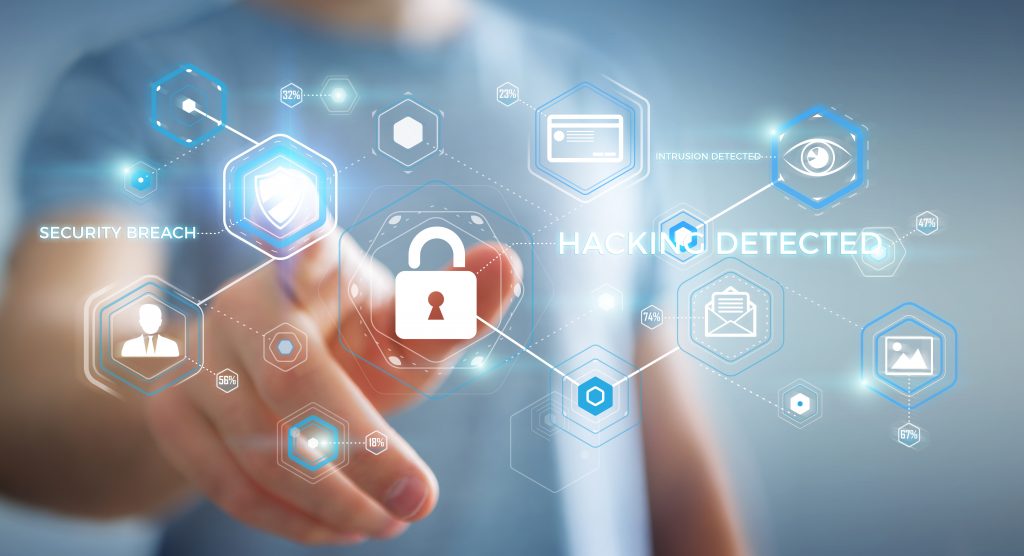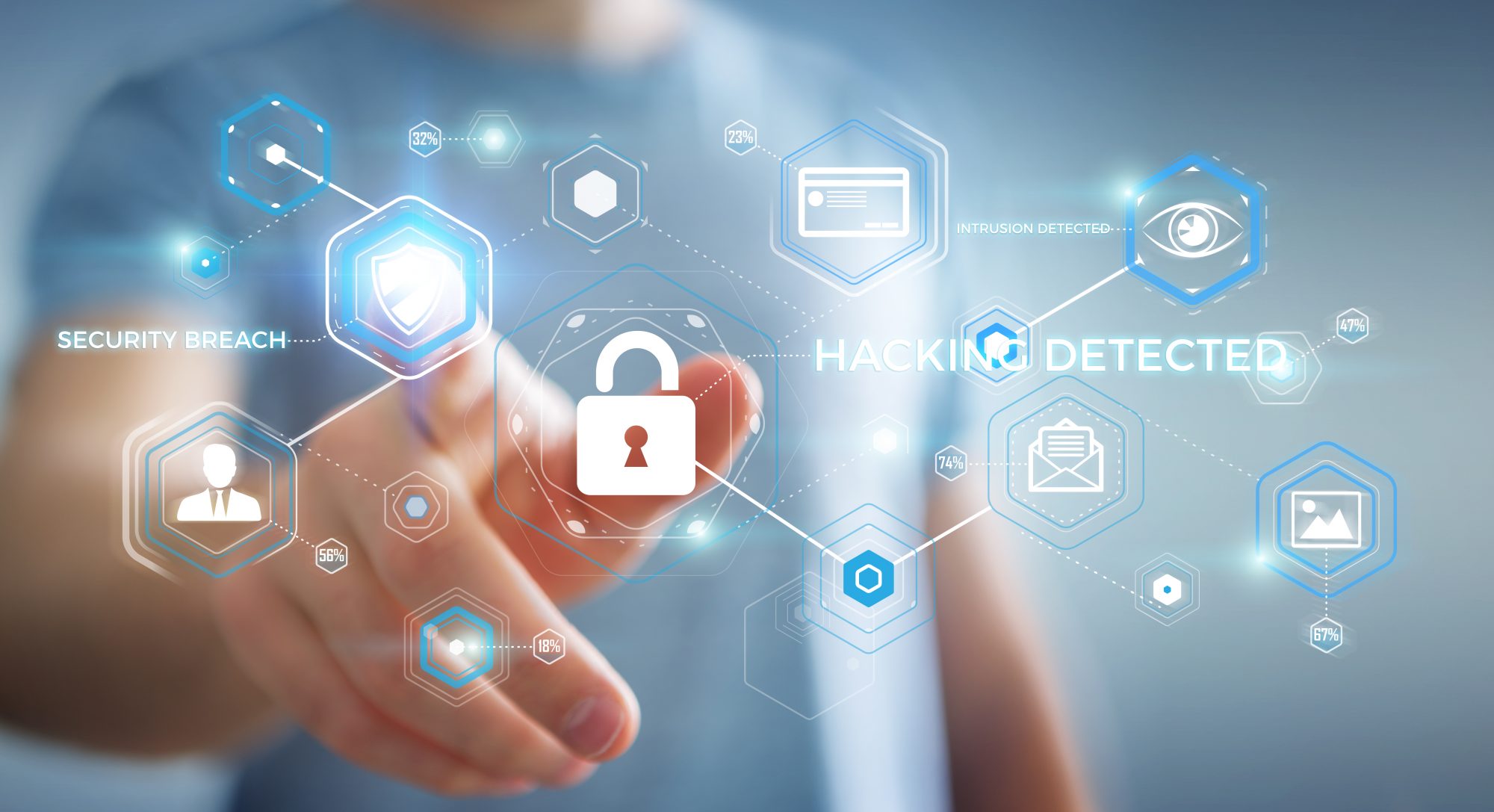Proactive Monitoring and Management
- 24/7 Surveillance: MSPs offer round-the-clock monitoring of systems, networks, and applications. This ensures that any unusual activity or potential threat is detected and addressed promptly.
- Real-time Alerts: Immediate notifications of suspicious activities allow for quick action to mitigate risks before they escalate.
Expertise and Knowledge
- Specialized Skills: MSPs employ cybersecurity experts who are knowledgeable about the latest threats and best practices. This expertise is often beyond the reach of small businesses to maintain in-house.
- Continuous Training: MSP personnel undergo regular training to stay updated on evolving threats and emerging technologies.
Advanced Security Tools and Technologies
- State-of-the-Art Solutions: MSPs leverage advanced security tools like firewalls, antivirus software, intrusion detection systems, and encryption technologies that small businesses might not afford independently.
- Security Information and Event Management (SIEM): SIEM systems collect and analyze security-related data from across the network to identify potential threats.
Regular Security Assessments and Audits
- Vulnerability Assessments: MSPs conduct regular scans to identify and remediate vulnerabilities in the network.
- Compliance Audits: Ensuring compliance with industry standards and regulations (e.g., GDPR, HIPAA) through regular audits.
Incident Response and Recovery
- Incident Management: MSPs have protocols in place for responding to security incidents, minimizing damage, and ensuring business continuity.
- Disaster Recovery Planning: They assist in developing and implementing disaster recovery plans to ensure that data can be restored quickly after an attack or other disaster.
Patch Management
- Automated Updates: MSPs manage and apply patches and updates to software and systems, ensuring that vulnerabilities are addressed promptly.
Employee Training and Awareness
- Security Training Programs: MSPs often provide training for employees on cybersecurity best practices, such as recognizing phishing emails and using strong passwords.
- Regular Updates: Keeping staff informed about new threats and how to avoid them.
Access Control and Identity Management
- User Access Policies: Implementing strict access control measures to ensure that only authorized personnel have access to sensitive information.
- Multi-Factor Authentication (MFA): Requiring multiple forms of verification to access systems.
Data Backup and Encryption
- Regular Backups: Ensuring data is regularly backed up and can be restored in case of data loss.
- Encryption: Encrypting sensitive data to protect it from unauthorized access.
Scalability and Flexibility
- Customized Solutions: MSPs provide scalable solutions tailored to the specific needs and budgets of small businesses, ensuring that cybersecurity measures can grow alongside the business.
Conclusion
By outsourcing cybersecurity to an MSP, small businesses can benefit from a level of security that is often unaffordable or unattainable on their own, allowing them to focus on their core operations with peace of mind.










